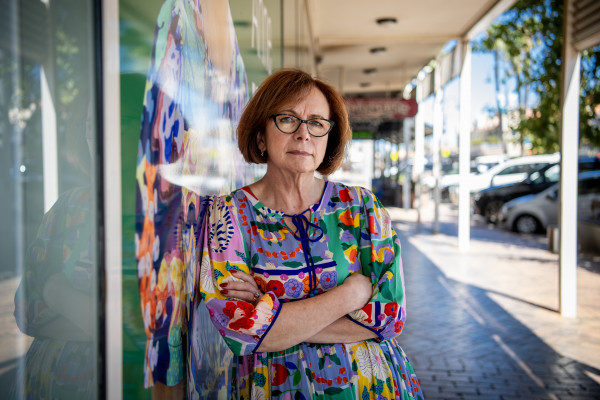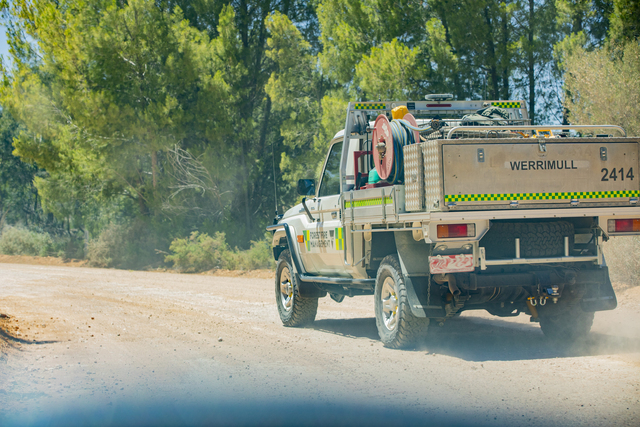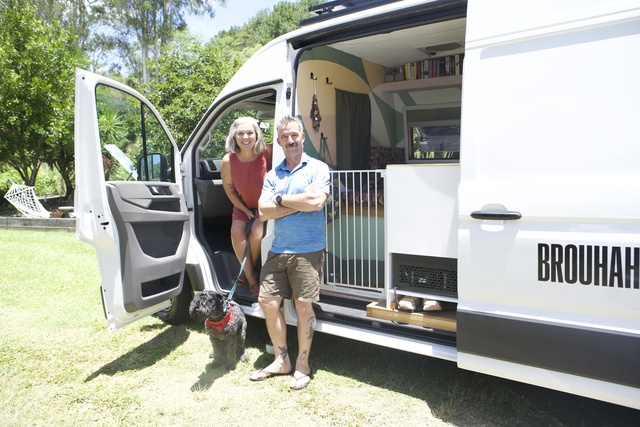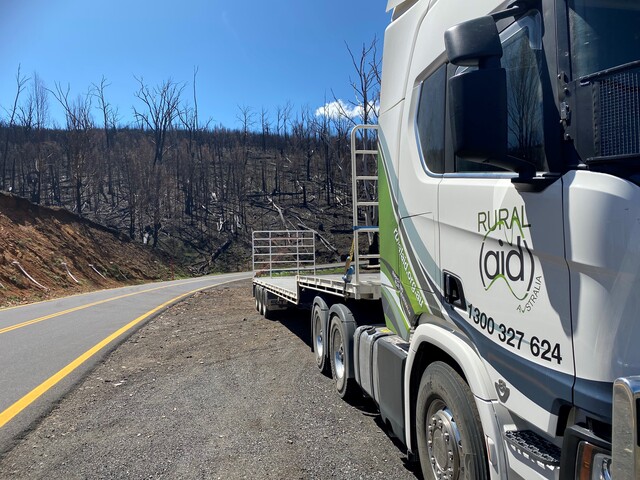MOST councils in the Mallee electorate have had no priority infrastructure funding from Federal Government grant programs since the election.
Only four infrastructure projects in Mallee have been supported through either the $600 million Growing Regions Program, or the $400 million Regional Precincts and Partnerships Program.
Since May 2022, Swan Hill has been successful in these programs twice, and grant funding was recently approved for projects in Central Goldfields Shire and Horsham Rural City.
Nine of the 12 councils in the Mallee electorate, including Mildura Rural City Council, have been unsuccessful in recent applications they have made through the programs.
Member for Mallee Anne Webster said councils put a lot of work into their applications, many for no reward.
“They just feel like poor cousins at the moment, nobody’s getting anything,” Dr Webster said.
“There’s a lot of angst in the community that we’ve just been forgotten.”
Mildura Rural City Council put in an application through the most recent round of the Growing Regions Program, applying for financial support to continue infrastructure improvements at the Mildura riverfront.
Eight councils and not-for-profits in regional and rural Victoria received approval for their community projects in round two of the program, for amounts varying from $500,000 to $8.5 million.
Mildura mayor Helen Healy said council is extremely disappointed to have been overlooked, and added MRCC’s application met all the criteria.
“The application we submitted would have realised a whole host of major additional improvements to our riverfront precinct, and is certainly in line with the purpose of this program, so we’re not only disappointed, but a little surprised,” Ms Healy said.
Chief executive Martin Hawson echoed the sentiment.
“We’d also committed to a significant level of matching funding as part of our application, as this project would have provided numerous benefits for our community, particularly families,” he said.
“While this is obviously a setback, we’re still committed to these improvements and will look at how much we can do with Council funding.”
Fact sheets for each program described the Growing Regions Program as an open competitive program between applicants, and the Regional Precincts and Partnerships Program as a non-competitive program where applications are matched against assessment criteria.
Funding in both programs was to be awarded on a merit basis.
Dr Webster said the money awarded heavily favoured marginal regional electorates.
“They absolutely shore-up their own electorates and it’s not been good for Mallee,” she said.
Across the programs, Mallee had received $12,031,157 spread across four projects in three council areas.
Compared to the nine other Federal Victorian regional electorates, Mallee had the equal second most approved projects, only beaten by Indi, held by Independent Helen Haines.
When considering approved funding, Mallee did receive less than the marginal seats of Monash (two projects, $22.5 million) and Nicholls (three projects, $27.2 million), but more than the marginal seat of Wannon (three projects, $9 million).
Data on Federal Victorian electorates eligible for either Growing Regions Program or Regional Precincts and Partnerships Program funding:
Ballarat (LAB) – 13.0% margin – one approved project – $8,533,000
Bendigo (LAB) – 12.1% margin – four approved projects – $16,073,453
Corangamite (LAB) – 7.6% margin – no approved projects – $0
Corio (LAB) – 12.8% margin – one approved project – $660,798
Gippsland (NAT) – 20.6% margin – one approved project – $6,351,385
Indi (IND) – 8.9% margin – five approved projects – $13,394,866
Mallee (NAT) – 19.0% margin – four approved projects – $12,031,157
Monash (IND) – 2.9% margin – two approved projects – $22,500,000
Nicholls (NAT) – 3.8% margin – three approved projects – $27,171,067
Wannon (LIB) – 3.9 % margin – three approved projects – $9,017,576








